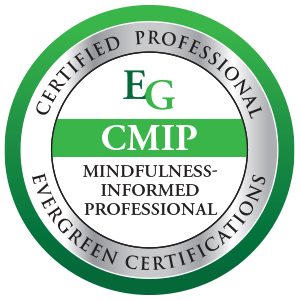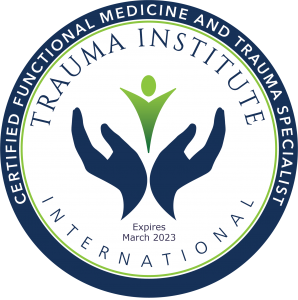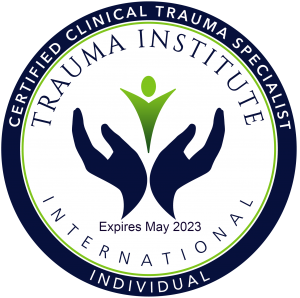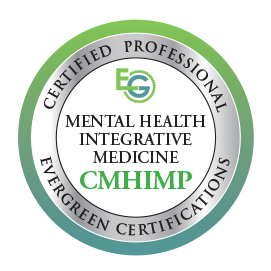Eating Disorders, Psychological Interventions
NICE guidelines specifically state that medication alone is not appropriate for eating disorders and instead suggests a joined up approach.
What are eating disorders?
Although there are many variations on eating disorders, the two most recognised are anorexia nervosa and bulimia nervosa. As well as these there are variations including obsessions with different types of foods, or avoiding different types of foods, and sometimes even consuming non food items including poisons.
“I am never going to look as attractive as other people”
“I am fat and the weight never shifts”
“I don’t care if you think if I’m thin, I’m obviously fat”
“I am only happy when I’m hungry”
“If I was thinner, people would love me”
“The scales are lying, I’m still disgusting”
“I’m not eating any carbs now”
“It’s OK, I pigged out yesterday”
Bulimia Nervosa Eating Disorder, Symptoms
This condition is overall characterised by binging followed by purging. Bingeing may well be with certain obsessed about foods and although biscuits and sweat carbohydrate heavy food is typical, I (Stuart) have had clients binge on “healthy” food including porridge and fruit. Once excessively gorged on food, the person will then purge through laxatives or vomiting. Resultant physical symptoms tend to include
- Preoccupation with food
- Binge eating, usually in secret
- Vomiting after bingeing
- Abuse of laxatives, diuretics, diet pills
- Denial of hunger or drugs to induce vomiting
- Swollen salivary glands
- Broken blood vessels in the eyes
- Nervous, anxious or avoidant behaviour
- Behaviour indicative of negative body image
- Possible co-morbidity with excessive exercise or gym addiction
More information at a useful external site HERE
Anorexia Nervosa Eating disorder, Symptoms
With this condition the presentation is similar, only the person consumes inadequate food rather than bingeing. Thus they eat barely enough to survive, and then purge anyway. Also there is a high correlation with other self harming behaviours.
Common indicators include
- Deliberately eating inadequate food for well being
- Fear of weight gain to extreme levels
- Fear and refusal of eating
- Being constantly on a “diet”
- Body hair may increase because of low protein levels
- Addiction to obsessive exercise
- Poor circulation or inadequate calories may lead to feeling cold sensitive.
- Periods may cease or menstruation may become irregular as hormones are effected.
- Skin and hair are often effected, and hair on the head may be lost
- Distortion of body image is common, to the sufferer they “look fat” even if actually emaciated.
- Illogical reasoning about food choices is common, convincing themselves that a certain “diet plan” is healthy when actually it clear is dangerous or unbalanced.
Hybrid eating disorders
Although the two above conditions may occasionally be recognised in different clients as separate, some clients alternate between them over time and have other characteristics as well.
Emotional co-morbidity
There have been a lot of books and papers written explaining what causes eating disorders. Unfortunately the many sources of explanation do not always agree. There are certainly correlations with a number of emotional conditions including:
- Having felt helpless in the past, now the client exercises control through food and their relationship with their body.
- Having had disruptive family relationships, the client controls the objects around them, including their body and food.
- Trauma or abuse has led to very negative self image and false beliefs about appearance.
- A desire to “fit in” can lead to objectification (wanting to meet the standard of images seen in the media for the body beautiful)
- Judgement from a strict, religious, authoritarian or other way can lead to a self control function presented as an eating disorder, either as rebellion, or to maintain strictness.
- Peer group pressure may encourage people with underlying mental health issues such as depression or anxiety to use eating disorders to have an “identity”. This often presents via internet sites promoting eating disorders as desirable.
In practice there are cases where the client follows a typical presentation with one of the above features, on other occasions the presentation can be very personal, especially when based around judgement or trauma.
Underlying reasons for Eating Disorders
As with many disorders, there is a major correlation with Trauma. A leading study by Tice et al 1989 cited by ATI training showed that 50% of clients presenting with Anorexia and Bulimia self reported a history of sexual abuse, with the control group only reporting 28%. This is sexual abuse trauma alone, and does not include other forms of Adverse Childhood Experience, violence or neglect. Clearly therefore many cases of eating disorder are likely caused by trauma and or neglect. This includes those people from affluent families, often told that they were fortunate or well cared for, where in fact there were elements of emotional neglect, often unwitting or accidental.
Psychological treatments for Eating Disorders
A wide range of psychological treatments are used internationally for eating disorders, with a wide range of theories as to why each one might work best. This is because depending on which cause of the disorder you accept, a different therapy probably has a logical argument for being effective. For example fear of judgement may respond to non judgemental person centred counselling.
The trauma informed model within which to incorporate evidenced based treatments is over a series of stages:
- Rapport and trust building
- Assessing for root causes
- Psychoeducation
- Self regulation and resourcing
- Healing attachment wounds and trauma therapy
NICE recommend cognitive behavioural, cognitive analytic and interpersonal based therapies using psychotherapy and psychodynamic analysis. NICE mention two styles here – CAT and IPT (cognitive analytical therapy and Interpersonal psychotherapy) which in practice are just two “brands” of psychological intervention using similar theory and methods. The focus here is on relationships and interpersonal dynamics, and most cognitive analytic styles would focus in a similar way on these areas.
In practice the desired outcome (as NICE reflect) is recovery and therefore a combination of things need to be addressed:
- Eating habits, recognising old habits, buying into new habits and introducing them gradually through an experimental model. In practice this means trying gradually more healthy diets and reflecting on the evidence that results of no weight gain, better health, restored menstruation, skin, hair etc.
- Self image: working to boost and improve self image, challenging any dysfunctional self perception (looking fat in the mirror for example) and finding ways to calibrate and verify progress which are factual and provide confidence and support.
- Life balance: getting exercise, social activity, interpersonal activity and so on back into a balance that supports positive self image.
- Underlying causes; gradually unpicking the reasons for negative self image, feelings of judgement and other such issues and working on them.
- Interpersonal relationships; learning how to have healthy relationships with people, with healthy expectations and reactions, so that food is no longer a substitute for personal relationships.
- Challenging obsessive thoughts about food, self harm or exercise, often using mindfulness based processes.
- Teaching emotional self regulation: binging or purging are often self medicating methods to self regulate in an unhealthy (maladaptive) way. When clients learn healthy self regulation, they no longer need to use the harmful methods.
- Introspection. The attachment styles associated with eating disorders are often characterised with an inability to properly self monitor and be present somatically. This hinders emotional self regulation at the early stages, preventing proactive self soothing. learning to somatically be present again re-enables these skills and prevents the build up of emotional stress and anxiety.
- Trauma treatment: where trauma or neglect can be identified, either through self reporting, or through testing such as the Adverse Childhood Experience scale, treating the trauma, alongside the disorder together is productive and necessary for lasting results.
- RO-DBT was shown to have great promise as an additional method for addressing eating diosorders in a study by Isaksson et al (2021).Martina Isaksson, Ata Ghaderi, Mia Ramklint, Martina Wolf-Arehult (2021) Radically open dialectical behavior therapy for anorexia nervosa: A multiple baseline single-case experimental design study across 13 cases☆ a,2 a Department of Neuroscience, Psychiatry, Uppsala University, Entrance 10, Floor 3B, 751 85, Uppsala, Sweden b Division of Psychology, Department of Clinical Neuroscience, Karolinska Institutet, SE-171 77, Stockholm, Sweden
Who provides the therapy?
Stuart works with eating disorder cases.
Stuart uses a cognitive behavioural analysis basis, combined with life coaching, an experimental approach to change and positive self image work using hypnotherapy and mindfulness. He is also certified in DBT and RO-DBT, ACT, mindfulness, is a multiple Certified Trauma Specialist (including in trauma- eating disorder co morbidity) and a fully qualified psychotherapist, hypnotherapist and analyst.
Key Words
Eating disorder, anorexia nervosa, bulimia nervosa, self harm, bingeing, excessive dieting, self image, weight control, purging, purging for weight loss, vomiting for weight loss, depression, anxiety, abuse, judgement, interpersonal anxiety, CBT, CBASP, psychotherapy, CAT, IPT, cognitive behavioural therapy, cognitive behavioural analysis, integrative psychotherapy, interpersonal psychotherapy, Edinburgh, Scotland, psychoanalysis, counselling, hypnotherapy, psychology, psychologist, psychotherapist, psychoanalyst, counsellor, therapy, therapist.
Contact via the contact us page HERE










